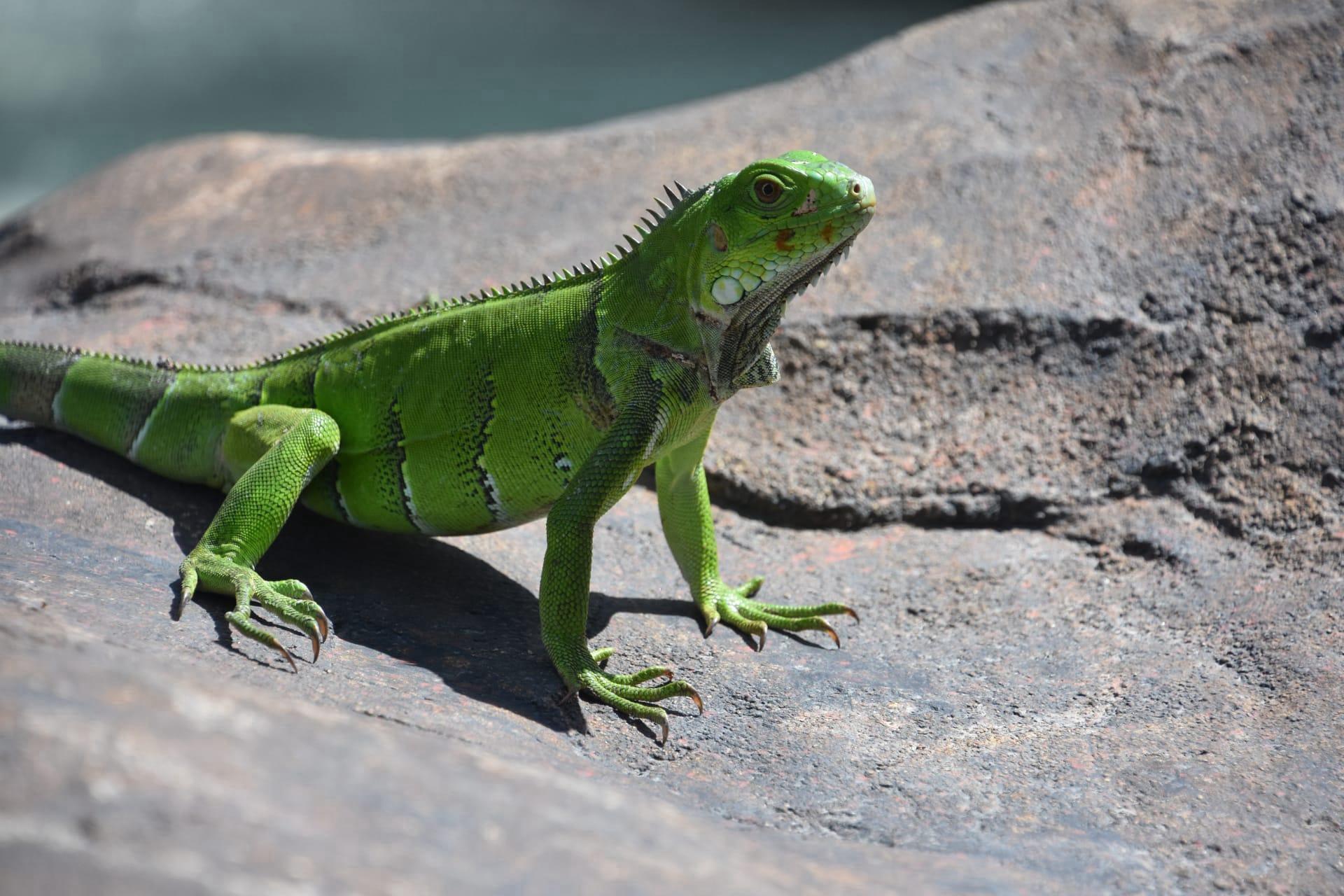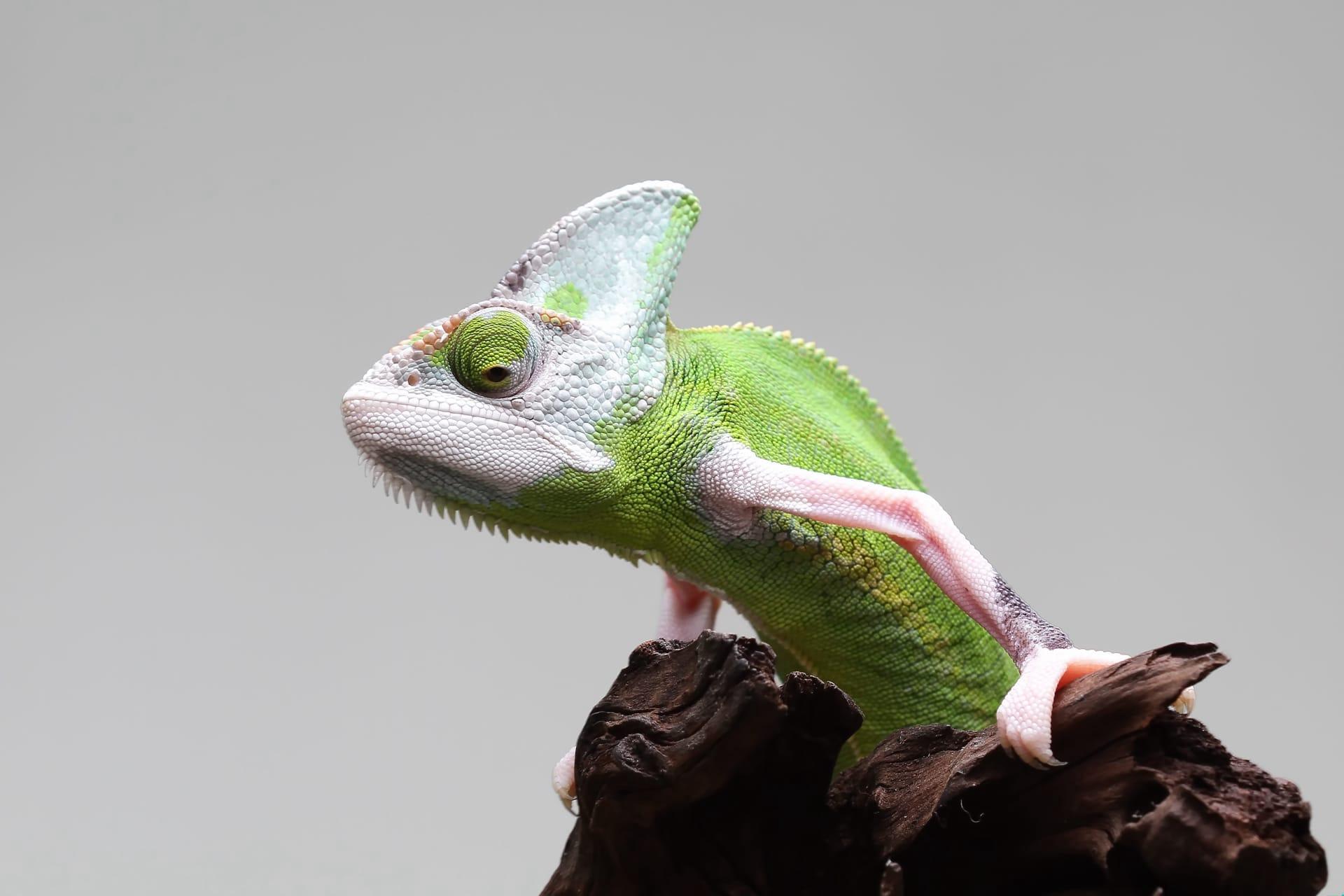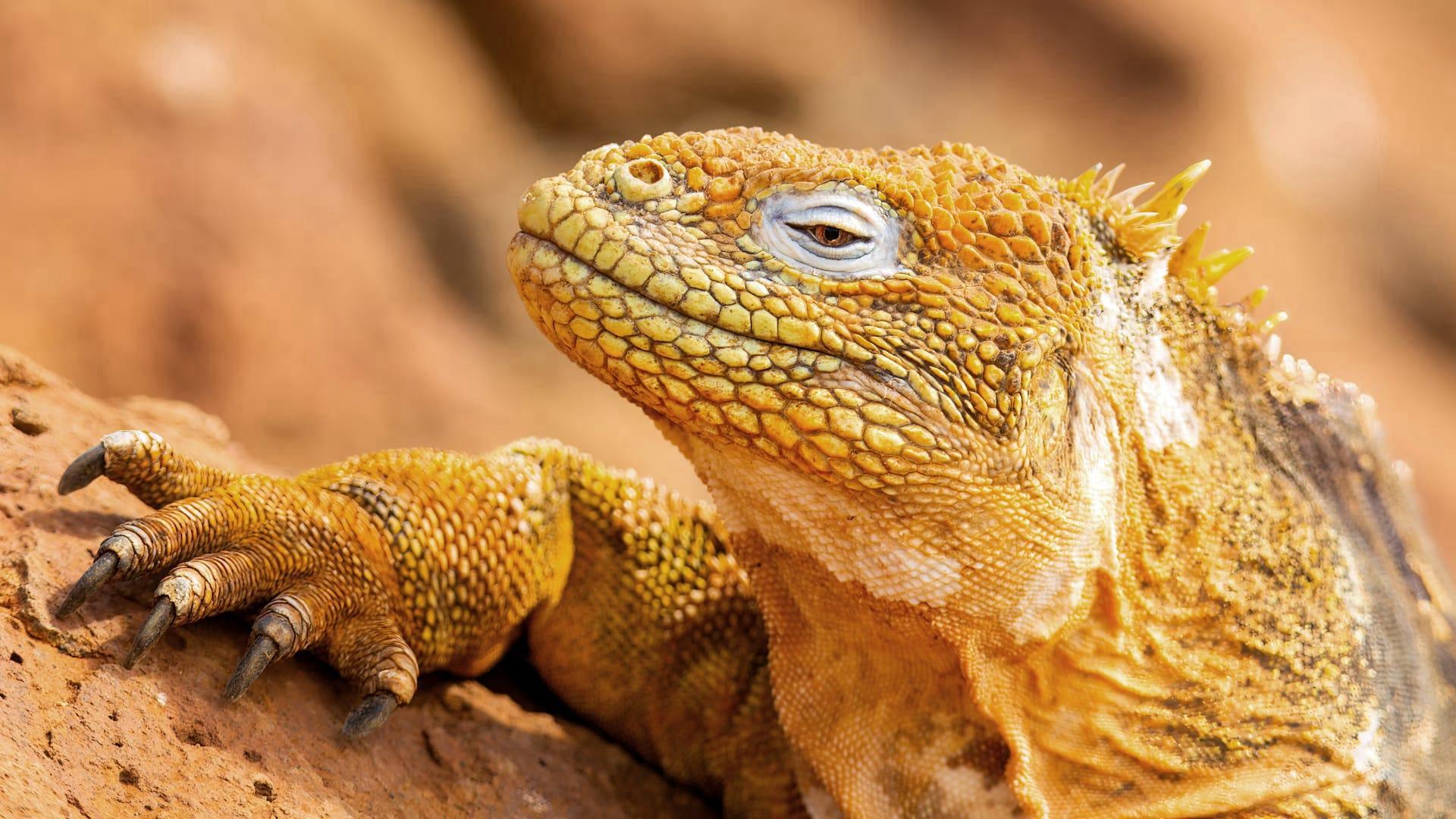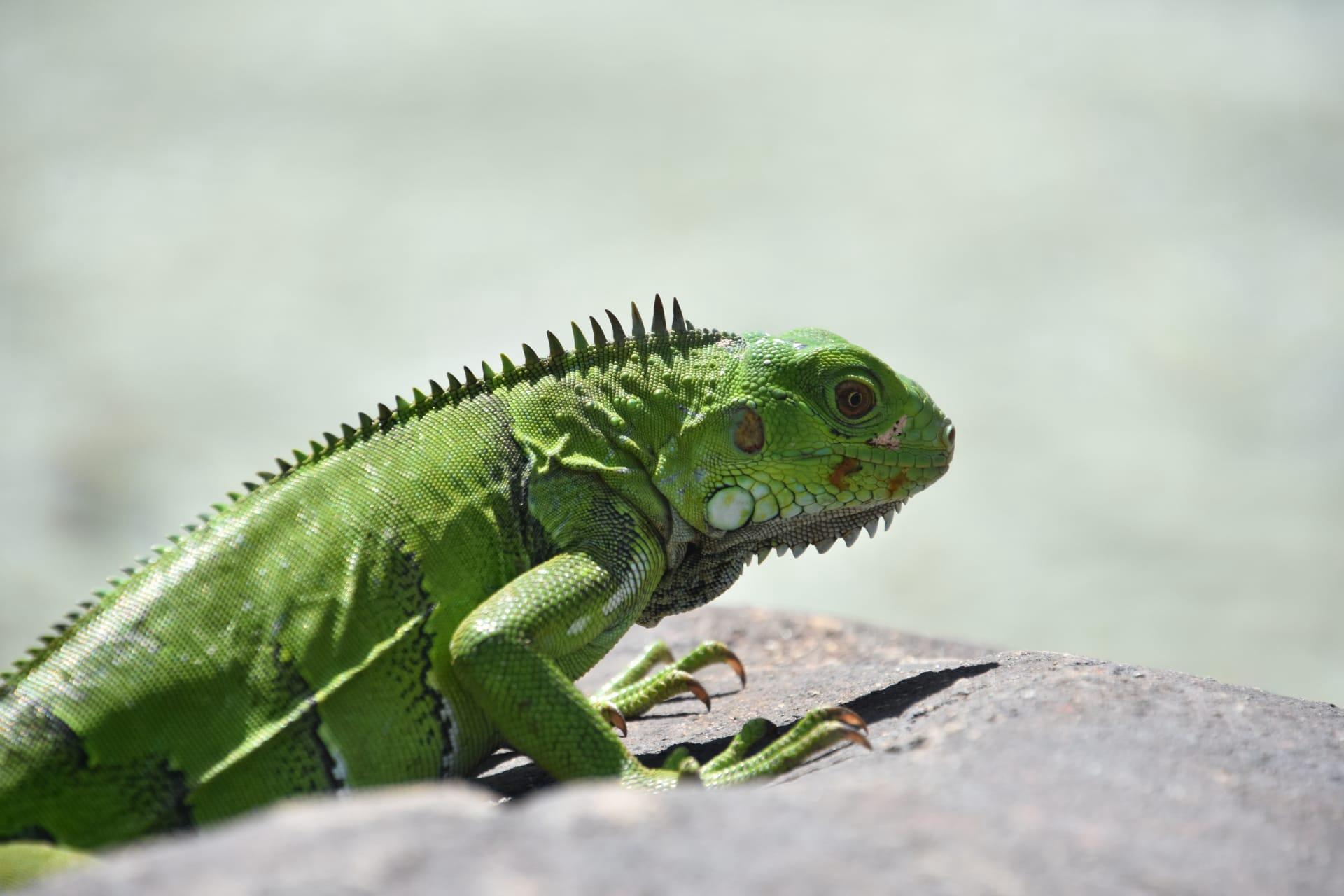1
Dragon lizards, a fascinating group of reptiles, display a unique adaptation in their skin. Unlike many other lizards, dragon lizards have the ability to change their skin color in response to their environment. This isn't just for camouflage; it's also a way to regulate their body temperature. When it's cooler, they can turn to a darker color to absorb more heat, and in hotter conditions, they switch to lighter colors to reflect sunlight. This color-changing feature is especially remarkable considering the diverse habitats they occupy, ranging from deserts to forests.
Another intriguing aspect of dragon lizards is their method of communication. These lizards are known for their elaborate body language. They communicate through a variety of gestures and postures, including head-bobbing, arm-waving, and doing push-ups. These movements aren't just random; they convey specific messages such as territorial claims, attracting mates, or warning off potential rivals. The complexity of their communication is a testament to their social structure and cognitive abilities, which are more advanced than many might assume for a reptile.

2
Did you know that dragon lizards are also adept at escaping predators? One of their most impressive defensive tactics is their ability to run on two legs. When threatened, they rise up and sprint on their hind legs, reaching speeds up to 15 miles per hour (24 kilometers per hour). This bipedal running not only makes them faster but also frees up their front limbs for other actions, like swatting away obstacles or foes. It's a fascinating example of evolutionary adaptation for survival.
Another remarkable feature is their reproductive strategy. Some species of dragon lizards exhibit a rare phenomenon known as parthenogenesis, where females can reproduce without mating with a male. This means a single female can produce offspring that are genetically identical to her. Parthenogenesis is an advantage in environments where males are scarce, ensuring the continuation of the species. It's a testament to the adaptability and resilience of these lizards in diverse and sometimes challenging environments.

3
Dragon lizards also have a unique approach to hydration. In arid environments, finding water can be a challenge. These lizards have developed a method of collecting dew or rainwater on their skin, which then channels the water towards their mouth. This is achieved through a specialized arrangement of scales that directs water flow. It's a remarkable adaptation that allows them to thrive in habitats where water is scarce.
On top of this, dragon lizards have an exceptional ability to tolerate high temperatures. They can survive in temperatures that would be lethal to many other animals. Some species can endure body temperatures as high as 111.2 degrees Fahrenheit (44 degrees Celsius). This extraordinary heat tolerance is due to their physiological and behavioral adaptations, such as seeking shade during the hottest parts of the day and altering their body posture to minimize sun exposure.

4
Diet-wise, dragon lizards are quite versatile. While they primarily feed on insects, they're also known to consume a variety of other foods based on availability. This can include fruits, smaller lizards, and even small mammals. Their diet's diversity is a key factor in their survival, allowing them to adapt to different environments and food availabilities. This opportunistic feeding strategy demonstrates their adaptability and resilience as a species.
Dragon lizards also play a vital role in their ecosystems. They act as both predators and prey, contributing to the balance of their habitats. As predators, they help control insect populations, and as prey, they are a vital food source for larger animals. This dual role highlights their importance in maintaining ecological balance, making them a crucial component of their native environments.

5
In terms of habitat, dragon lizards are incredibly adaptable. They are found in a wide range of environments, from hot, arid deserts to humid, tropical rainforests. Their ability to thrive in such varied habitats is a testament to their evolutionary success. This adaptability is due in part to their behavioral and physiological flexibility, allowing them to regulate their body temperature and survive in extreme conditions.
Lastly, dragon lizards have a fascinating breeding behavior. Many species engage in elaborate mating rituals, which can include vibrant displays of color and intricate dance-like movements. These rituals are not just for show; they play a crucial role in attracting mates and ensuring reproductive success. The males often display bright colors and perform specific movements to attract females, demonstrating the importance of visual cues in their communication. This aspect of their behavior underscores the complexity and richness of their social interactions.